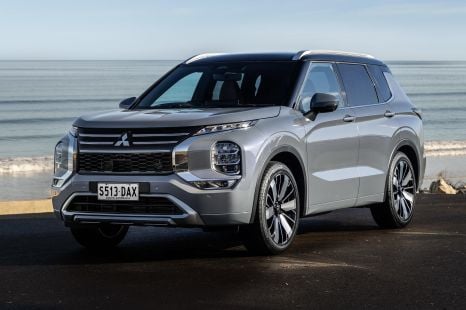

Max Davies
4 Days Ago
Polestar 2 high-performance model teased by CEO, as the company reveals a project aimed at creating a climate-neutral car by 2030.

Contributor
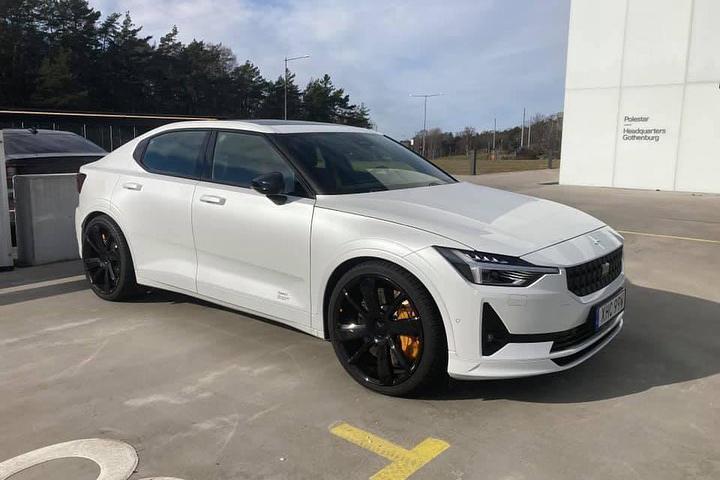

Contributor
Polestar is looking to a cleaner future… and a higher-performance present.
The all-electric Polestar 2 has been snapped wearing high-performance parts borrowed from the hybrid Polestar 1 coupe.
Polestar hasn’t confirmed if its hotter Tesla Model 3 rival will make production.
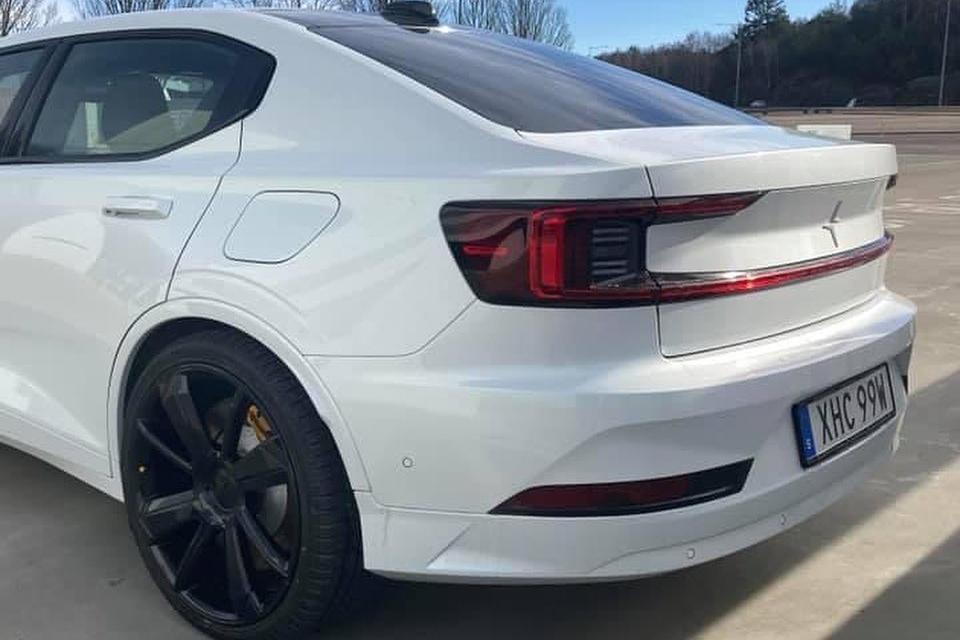
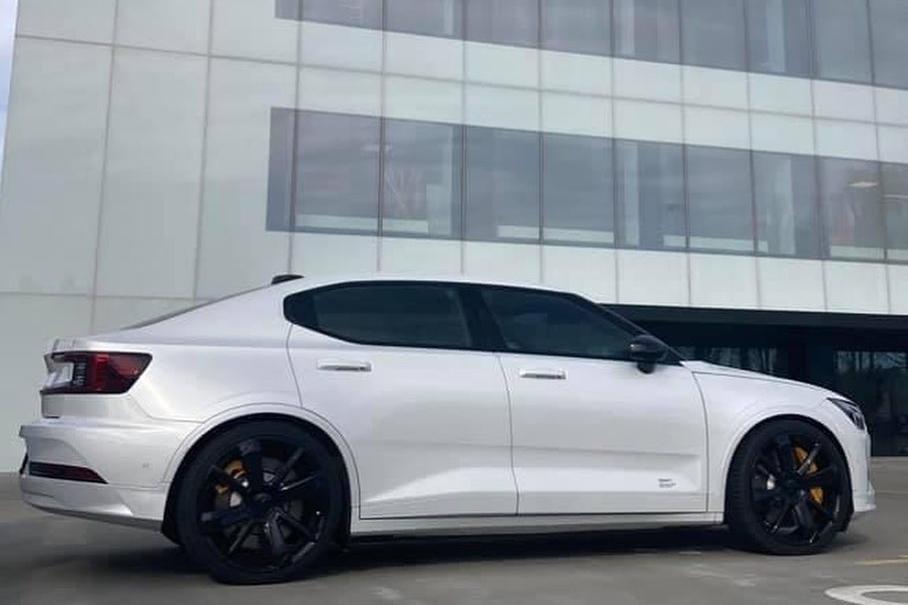
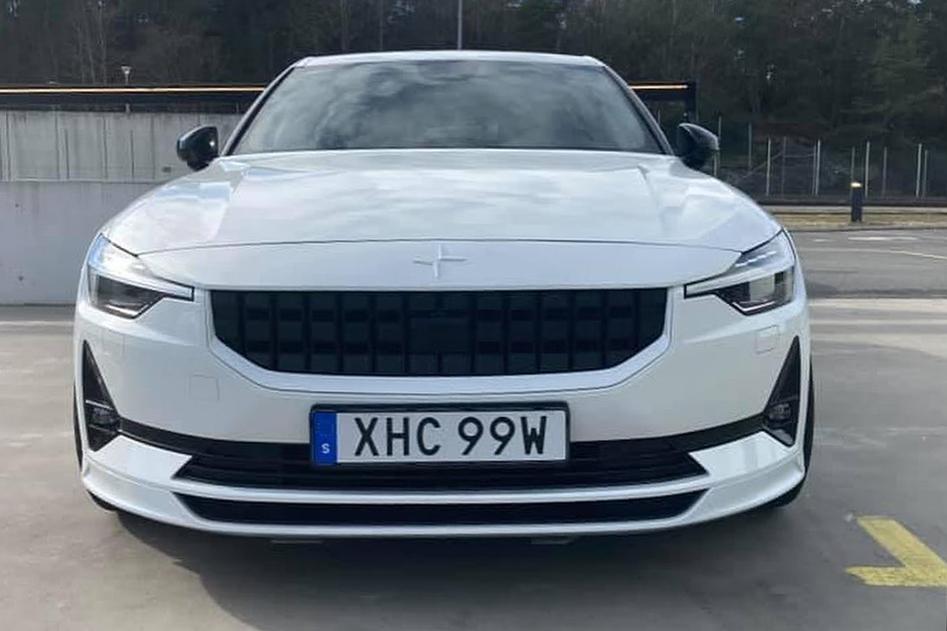
Polestar CEO, Thomas Ingenlath, shared images late in February 2021 and again early in March of a white Polestar 2 prototype with lowered suspension, body-coloured wheel arch and bumper trim, and black 21-inch alloy wheels from the Polestar 1.
The images confirm this prototype uses high-performance Akebono brakes also borrowed from the Polestar 1 coupe. Like the rest of the Polestar range, the test mule features trademark golden accents.
With a wider front and rear track, it’s more hunkered-down than the standard car, for a more sedan-like look.
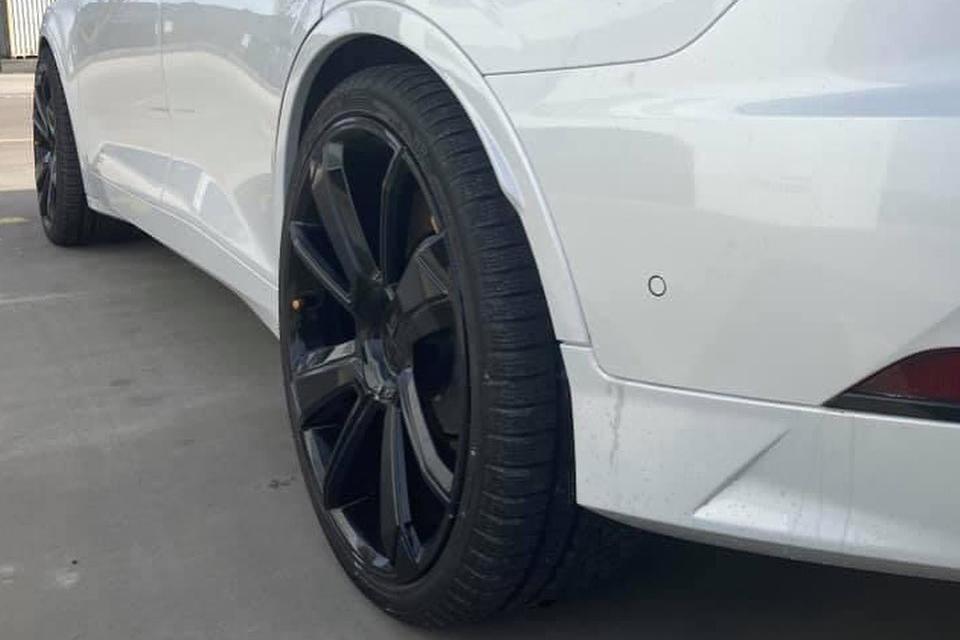
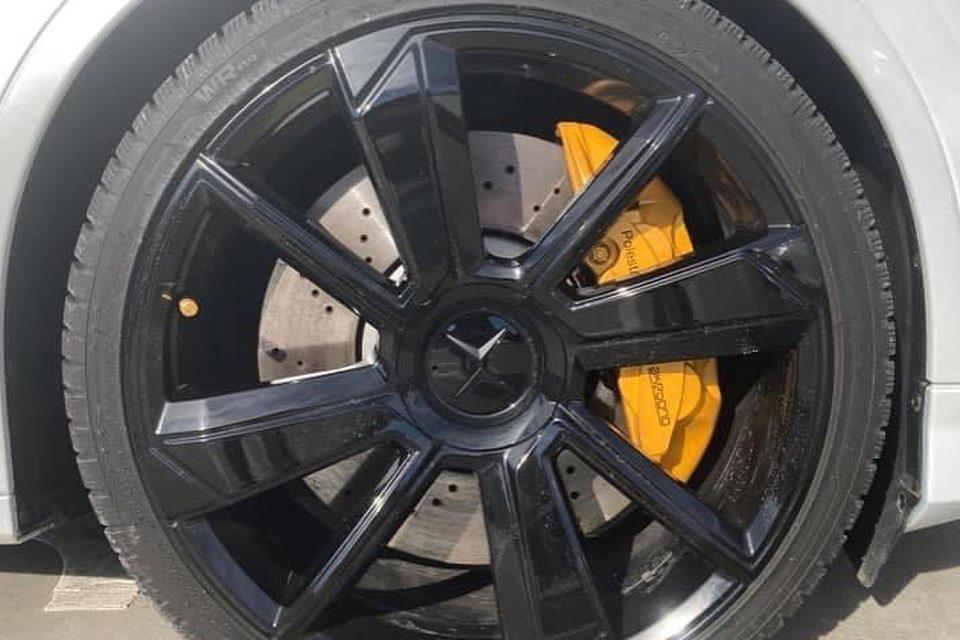
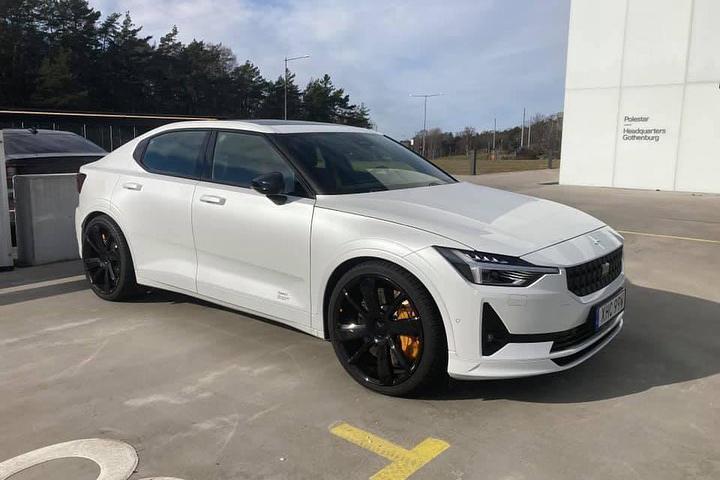
The regular Polestar 2 will launch the Polestar brand in Australia before the end of 2021.
Polestar will not be using Volvo’s existing dealership network to sell its vehicles.
Instead, it will be selling its vehicles through an online portal and ‘Polestar Spaces’. These spaces will be modelled on high-end boutiques where potential owners can learn more about the brand.
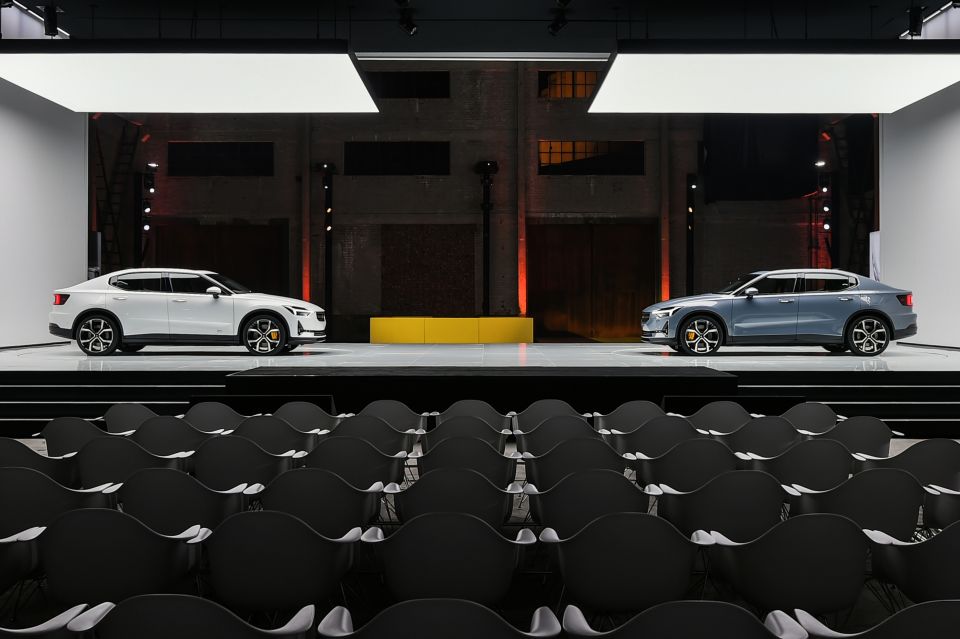
If it makes it to production, the liftback prototype will be pitted squarely against the Tesla Model 3 Performance.
Although there are no performance figures quoted, the standard model sends 300kW of power and 660Nm of torque to all four wheels.
It’s also available with an optional Performance Package that includes Ohlins manually-adjustable dampers and Brembo brakes.
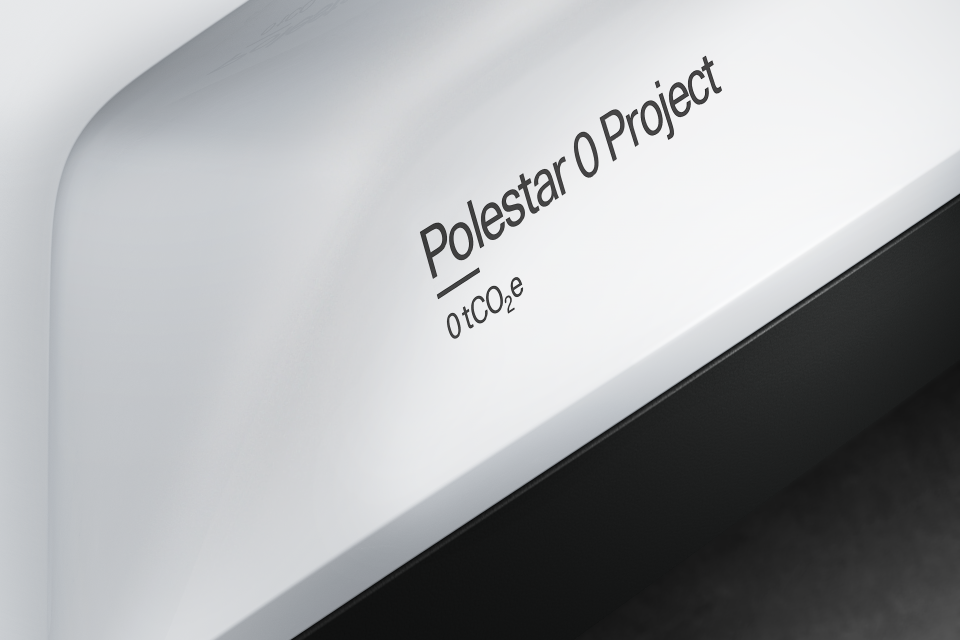
Mr Ingenlath has also claimed by 2030 Polestar will be manufacturing a climate-neutral car.
Titled Polestar 0, the project entails manufacturing a car that creates no emissions, even those stemming from production,
“Offsetting [emissions] is a cop-out,” said Thomas Ingenlath, Polestar CEO. “By pushing ourselves to create a completely climate-neutral car, we are forced to reach beyond what is possible today.”
“Today, Polestar 2 leaves the factory gate with a carbon footprint. In 2030, we want to present a car that does not.”
Take advantage of Australia's BIGGEST new car website to find a great deal on a Polestar 2.
Jack Quick is an automotive journalist based in Melbourne. Jack studied journalism and photography at Deakin University in Burwood, and previously represented the university in dance nationally. In his spare time, he loves to pump Charli XCX and play a bit of Grand Theft Auto. He’s also the proud owner of a blue, manual 2020 Suzuki Jimny.


Max Davies
4 Days Ago


Matt Campbell
4 Days Ago
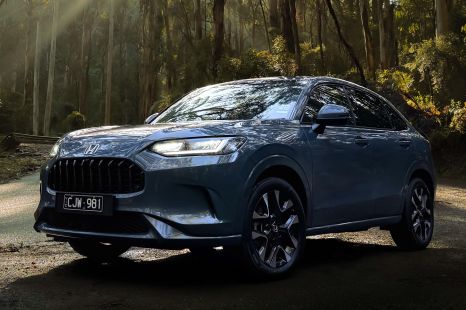

Elle Baillieu
3 Days Ago


William Stopford
3 Days Ago
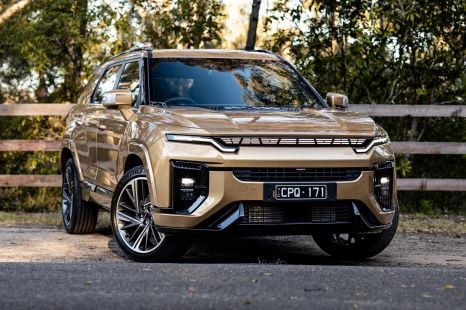

Matt Campbell
2 Days Ago


Damion Smy
1 Day Ago